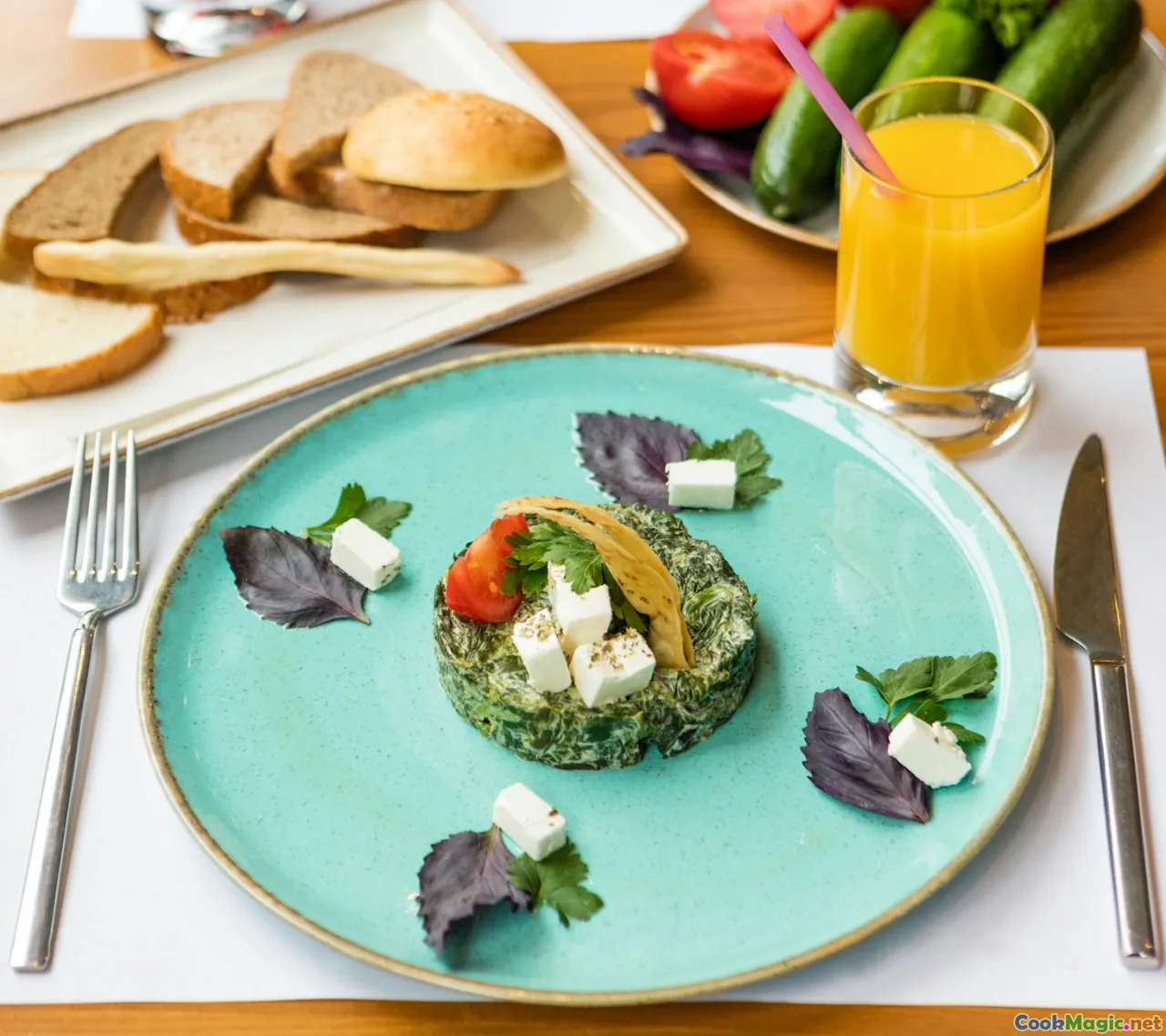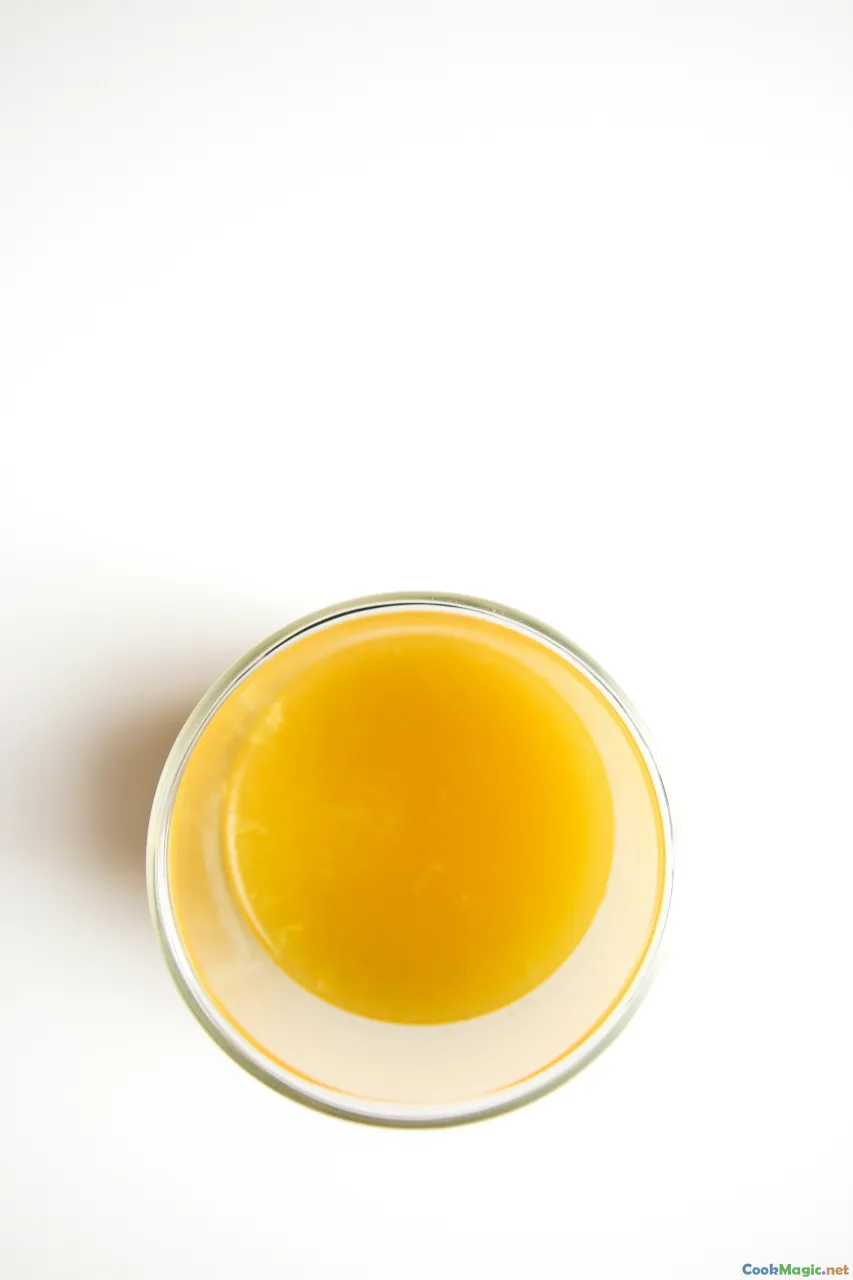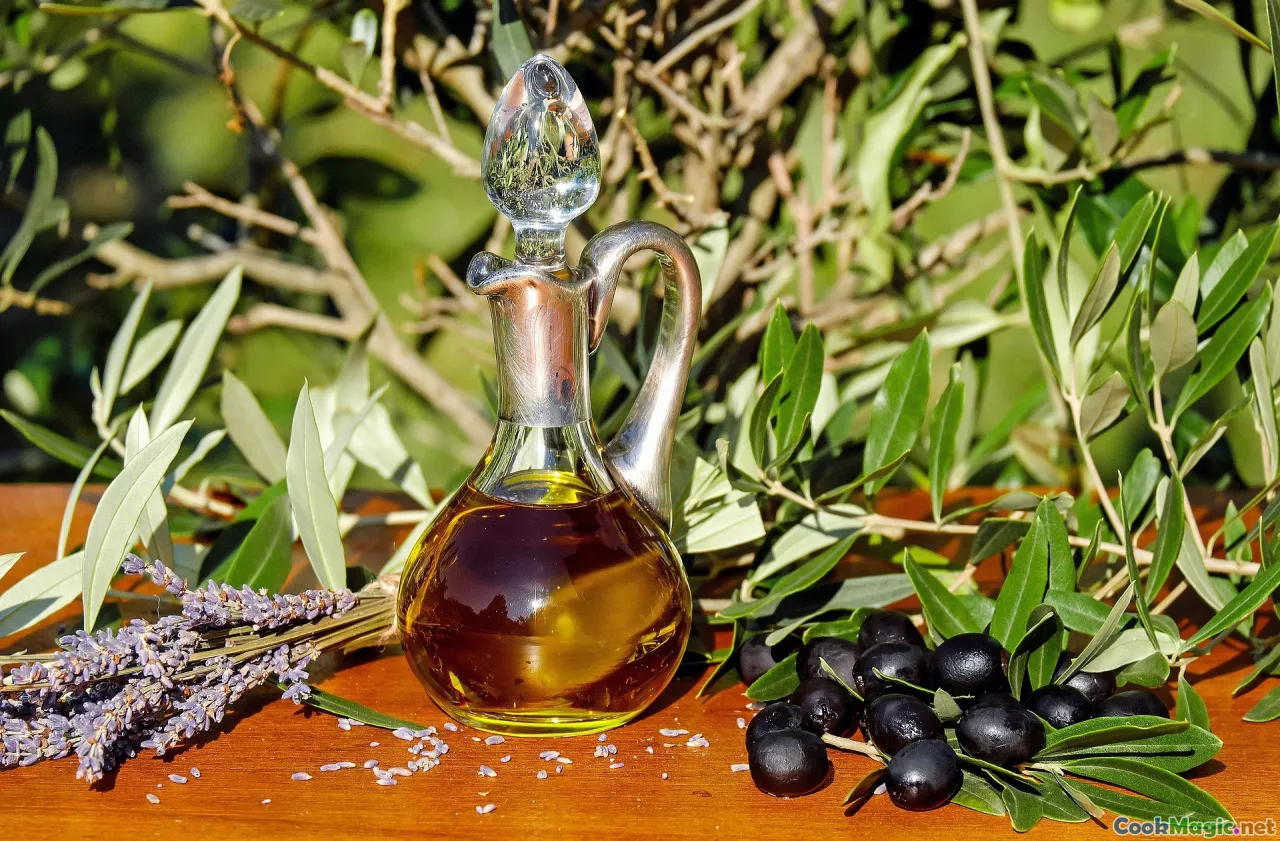
Brioche à l’Huile d’Olive de Nîmes avec Essence d’Agrumes
(Nîmes Olive Oil Brioche with Citrus Essence)
(0 Avis)0
4,570
août 28, 2025
Signaler un problème
Ingrédients
-
400 grams Farine tout usage
(High-protein flour preferred)
-
100 ml Huile d'olive extra vierge
(Use fruity Provençal olive oil for authenticity)
-
80 ml Eau tiède
(About 40°C)
-
7 grams Levure sèche active
(1 sachet standard)
-
1 large orange Zeste d'orange
(Use unwaxed; can substitute clementine zest)
-
75 grams Sucre
(Traditional recipes use unrefined sugar)
-
6 grams Sel
(Fleur de sel preferred)
-
1 tbsp eau de fleur d'oranger
(Adds subtle aroma)
-
15 ml Vin blanc
(Dry; deepens flavor, but optional)
(High-protein flour preferred)
(Use fruity Provençal olive oil for authenticity)
(About 40°C)
(1 sachet standard)
(Use unwaxed; can substitute clementine zest)
(Traditional recipes use unrefined sugar)
(Fleur de sel preferred)
(Adds subtle aroma)
(Dry; deepens flavor, but optional)
Nutrition
- Portions: 8
- Taille de portion: 1 thick slice (approx. 95g)
- Calories: 285 kcal
- Carbohydrates: 44 g
- Protein: 6 g
- Fat: 9 g
- Fiber: 2.5 g
- Sugar: 7 g
- Sodium: 230 mg
- Cholesterol: 0 mg
- Calcium: 16 mg
- Iron: 2.2 mg
Instructions
-
1 - Activate Yeast:
Combine the warm water and active dry yeast in a small bowl. Add 1 teaspoon sugar and let stand until frothy and activated, about 10 minutes.
-
2 - Mix Wet Ingredients:
In a separate bowl, whisk together the olive oil, orange zest, remaining sugar, orange blossom water (if using), and white wine (if using) until sugar begins to dissolve.
-
3 - Form Dough:
In a large bowl, blend flour and salt. Make a well, add yeast mixture and wet ingredients, and gently turn with a spoon to form a shaggy dough.
-
4 - Knead:
On a flour-dusted surface, knead dough until smooth and elastic—about 10 minutes. Add flour as needed to prevent sticking, but don’t overdo it.
-
5 - First Rise:
Place dough in a lightly oiled bowl, cover with a tea towel, and let rise in a warm spot until doubled in size, roughly 1.5 hours.
-
6 - Shape:
Punch down dough. On parchment-lined sheet, shape into a flat oval (approx 3cm thick). With a sharp knife, make five large slashes radiating from the center, then gently pull apart for an open pattern.
-
7 - Second Rise:
Cover and let rise another 30 minutes while oven preheats to 180°C (355°F).
-
8 - Bake:
Brush with extra olive oil. Bake for 23–25 minutes until golden, crisp-edged, and fragrant. Cool slightly before slicing.
Combine the warm water and active dry yeast in a small bowl. Add 1 teaspoon sugar and let stand until frothy and activated, about 10 minutes.
In a separate bowl, whisk together the olive oil, orange zest, remaining sugar, orange blossom water (if using), and white wine (if using) until sugar begins to dissolve.
In a large bowl, blend flour and salt. Make a well, add yeast mixture and wet ingredients, and gently turn with a spoon to form a shaggy dough.
On a flour-dusted surface, knead dough until smooth and elastic—about 10 minutes. Add flour as needed to prevent sticking, but don’t overdo it.
Place dough in a lightly oiled bowl, cover with a tea towel, and let rise in a warm spot until doubled in size, roughly 1.5 hours.
Punch down dough. On parchment-lined sheet, shape into a flat oval (approx 3cm thick). With a sharp knife, make five large slashes radiating from the center, then gently pull apart for an open pattern.
Cover and let rise another 30 minutes while oven preheats to 180°C (355°F).
Brush with extra olive oil. Bake for 23–25 minutes until golden, crisp-edged, and fragrant. Cool slightly before slicing.
En savoir plus sur: Brioche à l’Huile d’Olive de Nîmes avec Essence d’Agrumes
About Pompe à l’Huile de Nîmes
While its charming name means "oil pump," the Pompe à l’Huile is neither a mechanical device nor exactly a simple bread. Indigenous to Provence, and especially Nîmes, this beautiful brioche-like loaf predates butter-rich brioches appearing elsewhere in France. Instead, it gleams from generous quantities of lush, sweet, cold-pressed olive oil, infusing each bite with gentle grassy notes. Its marriage of subtle fruitiness, intoxicating citrus, and beautifully feathered crumb makes it beloved in French homes, particularly during festive periods such as Christmas.
Origin and Tradition
The Pompe à l’Huile forms part of the iconic "Les Treize Desserts"—the thirteen traditional sweets of the Provençal Christmas table. Historically, it is one of the final breads savored before diners plunge into an assortment of local fruits, nuts, and sweets. Its unique design—with its leaf- or sunburst slashes—is deeply symbolic, believed to represent the sharing of bread among people.
The Provençal flare rests on using olive oil in abundance, once a precious commodity locally pressed from ancient groves. Many believe Jesus was born in olive country, which imbues this bread with an aura of blessing at holiday tables. Moreover, in France’s South, orange and citrus orchards were prized, giving rise to the tradition of folding orange zest or orange blossom water into the dough.
Tips & Techniques
- Flavor Matters: Seek a fruity, aromatic olive oil from Provence or nearby regions; its flavor shines out front, so don’t dowse it with inferior oil.
- Citrus Zest: Use fresh, unwaxed oranges and zest just the colored rind. The result will be poetic and bright—not bitter.
- Texture: Kneading is essential; the dough may be silkier and a little wetter than classic bread dough. Don’t panic—olive oil makes it supple.
- Shape It Carefully: Slashes and stretched holes are not just festive but guarantee plenty of golden crust on each slice.
- Serving: Delicious plain, or gently toasted and drizzled with honey or more olive oil. Traditionally, it's at its best at room temperature, a day or so after baking, to let flavors meld beautifully. It’s vegan by nature (no eggs or dairy), so everyone may partake.
Cultural Resonance
Prepare the Pompe à l’Huile for any midwinter gathering, and not only will the aroma of sweet citrus perfume your kitchen, but you’ll also channel the Provençal spirit of community and generosity. Whether served at brunch with fruit confit or beside spiced mulled wine, its balance of simplicity and celebration embodies the culinary soul of the French Mediterranean.
Culinary Flexibility
Want to personalize your Pompe? Add a hint of cinnamon, swap in tangerine zest, or even shape it into a round sun for the solstice! It freezes well, thaws gently, and is superb split for sandwiches—think salty goat cheese, figs, or an extra drizzle of premium olive oil.
Summary
Light, moist, and undeniably enchanting, the Pompe à l’Huile de Nîmes transcends its festive origins to become a timeless kitchen staple—sophisticated enough for a special occasion, but simple and satisfying for any bread lover adventure.

























